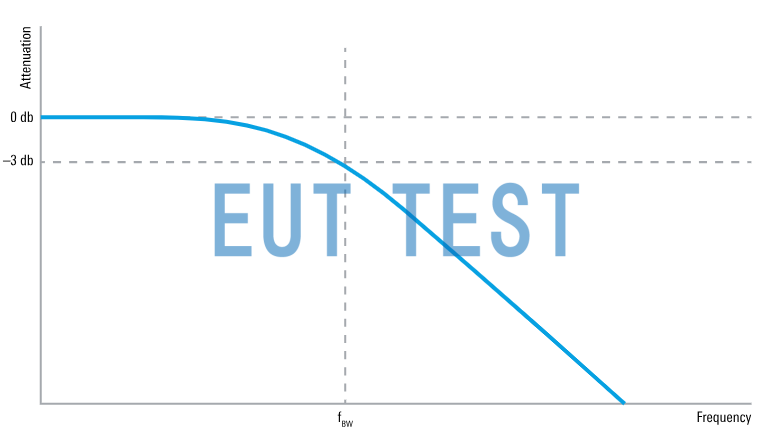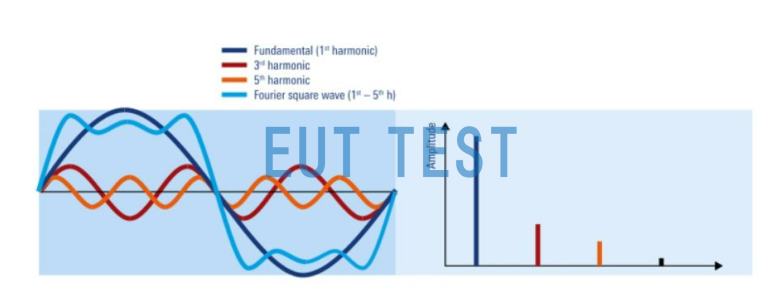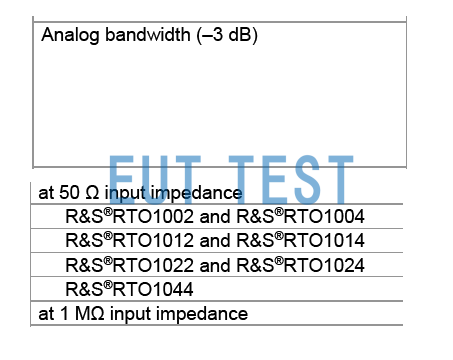Introduction:
This article focuses on the oscilloscope's "bandwidth" parameters to explain what is the oscilloscope bandwidth, but also explains how to select the oscilloscope bandwidth to meet the test requirements to help hardware developers or purchasers according to the needs of the use of the oscilloscope bandwidth, and finally recommended some common oscilloscope models to choose from.
Oscilloscopes as most of the electronic engineers R & D design of the necessary tools, to learn more about - Oscilloscopes related parameters and selection methods.
What is the bandwidth of an oscilloscope?
Bandwidth is a parameter identifying the range of frequencies that can be measured by an oscilloscope. Oscilloscopes are one of the few broadband instruments capable of making measurements from DC (0 Hz) up to their specified bandwidth. The size of its bandwidth specification is an important consideration when purchasing an oscilloscope, and if you purchase an oscilloscope that does not have sufficient bandwidth, you will not be able to make accurate measurements.
The frequency response of an oscilloscope front-end amplifier is similar to that of a low-pass filter. The shape of the curve in the figure below indicates that the oscilloscope is able to measure most of the signal components in the frequency range from DC to the point where the signal attenuation drops by 3 dB. The oscilloscope defines the frequency corresponding to this -3 dB point as the "bandwidth" at which the voltage drops by approximately 30%.

The frequency point at which the oscilloscope attenuates -3dB is called the bandwidth of the oscilloscope.
A method of selecting the bandwidth of an oscilloscope based on the signal under test:
General principles:
It should be ensured that the bandwidth of the oscilloscope is greater than the operating frequency of the signal under test.
How to choose oscilloscope bandwidth when measuring sine wave signals
When using an oscilloscope purchased from EUTTEST to measure sine waves, make sure that the oscilloscope bandwidth is slightly higher than the maximum carrier frequency corresponding to the 3 dB attenuation point identified in the oscilloscope's parameters. For example, if you need to measure a 100 MHz sine wave, choose an oscilloscope with a bandwidth of 150 MHz or greater.

Estimated bandwidth based on sine wave frequency
How to choose oscilloscope bandwidth when measuring digital signals
When the signal under test is digital, the waveform will become more complex, and if you need to measure digital or other complex signals, the bandwidth needs to be 3 to 5 times the maximum rate of the clock or data signal. For example, if you are measuring a memory bus with a data rate of 133 MHz, the oscilloscope bandwidth needs to be at least 400 MHz; however, the premise of this shopping rule is that the rise time of the digital signal is related to the data rate.

0.35 Bandwidth obtained by dividing rise time
For digital signals, the rising and falling edges have more frequency components than the fundamental frequency. Therefore, the bandwidth formula obtained by dividing the rise time by 0.35 is an estimate of the signal bandwidth by a first-order calculation. Again, take the bus measurement from the previous section as an example. Assuming a signal with a rise time of 600 ps, the above formula yields a frequency component of up to 583 MHz! (This value is in the range of 3 to 5 times the data rate.)
Other considerations regarding bandwidth
Most oscilloscopes offer an upgradeable bandwidth option. While there is limited room for bandwidth upgrades, upgrades can provide you with greater bandwidth in situations where bandwidth is far from adequate.
Too much bandwidth can also affect the measurement. Typically, the greater the measurement bandwidth, the greater the broadband noise. Fortunately, many oscilloscopes offer a filter function that reduces the bandwidth of the front-end. 20 MHz filters are available on all R&S oscilloscope models distributed by EUTTEST, including.
<<<<提醒:左右滑动表格>>>>| old model | New Oscilloscope Models for 2025 |
| R&S®RTE1000 | R&S®MXO 5 |
| R&S®RTO2000 | R&S®RTO6 |
| R&S®RTO1000 | R&S®RTO6 |
| R&S®RTM2000 | R&S®RTM3000 |
| R&S®RTM1000 | R&S®RTM3000 |
| R&S®HMO3000 | R&S®RTM3000 |
| R&S®HMO1202 | R&S®RTC1000 |
| R&S®HMO1002 | R&S®RTC1000 |
In addition, the R&S MXO5 and R&S RTO6 models offer an "HD mode" that harmonizes bandwidth and ADC resolution to ensure measurement accuracy in low bandwidth measurements.
EUTTEST also represents and sells many brands ofoscillograph
References:
R&S Digital Oscilloscopes and Probes Basics

